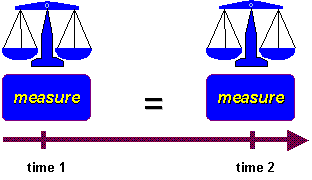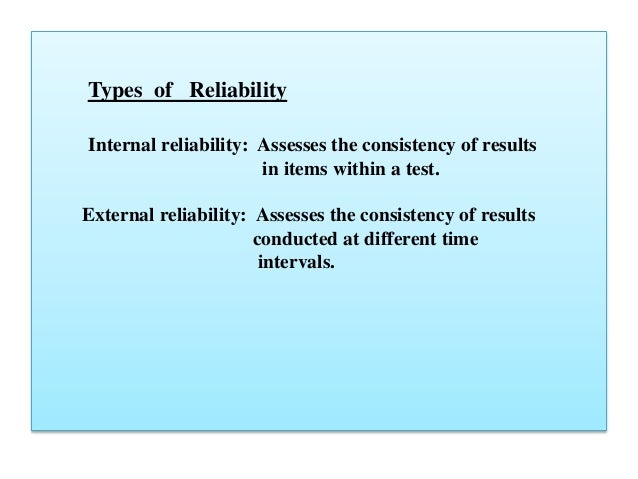

Stimuli under examinationĮvaluating ecological validity requires comparing stimuli used during testing to those encountered in daily life. Many referral questions posed to neuropsychologists call for the development of testing environments that more closely approximate crucial features of real-world settings. Studies whose findings demonstrate high ecological validity often occur in more natural settings-that is, environments with features that are more familiar to the participants or settings that mask part or all of the participants’ perception that an experiment is taking place. Unlike laboratory testing situations, the natural world typically does not provide a quiet, supportive, distraction-reduced environment. Controlled environments often affect a study, and test findings that score low in ecological validity may occur because the participants become aware that they are taking part in an experiment. However, because neuropsychologists were then asked to predict clients’ functioning in real-world settings, the ecological validity of the traditional laboratory test environment was called into question. In psychological assessment, controlled test environments are designed to reduce distractions, confusion, and fatigue so the participants can provide their “best performance.” Historically, to avoid misdiagnosing brain pathology, for example, evaluating a client’s best performance was crucial. SpaceNext50 Britannica presents SpaceNext50, From the race to the Moon to space stewardship, we explore a wide range of subjects that feed our curiosity about space!įun Facts of Measurement & Math Test environment.Learn about the major environmental problems facing our planet and what can be done about them! Saving Earth Britannica Presents Earth’s To-Do List for the 21st Century.

Britannica Beyond We’ve created a new place where questions are at the center of learning.



 0 kommentar(er)
0 kommentar(er)
